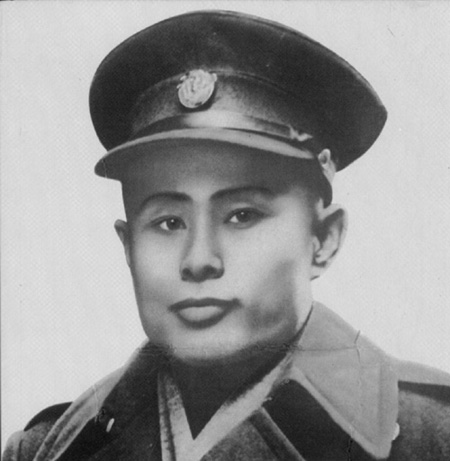In 1947, Aung San became Deputy Chairman of the Executive Council of Burma, a transitional government. However, in July 1947, political rivals assassinated Aung San and several other members of the government. January 4th, 1948, Myanmar history marked an important event: it became an independent republic country with the name of the Union of Burma, with Sao Shwe Thaik was the first President and U Nu was first Prime Minister. Unlike the majority of the British colonies, the country did not become a member of the British Commonwealth since they won independence before the Commonwealth allowed the republic countries to become a part of its members. A bicameral political system was established including representative Institute and National Institute. The current geographic region of Myanmar can infer backward from the Panglong Agreement, including the entire Lower Burma and Upper Burma and the Burmese border, which had been the administrative independence by Britain.

In 1961, U Thant, the Permanent Representative of Myanmar in United Nations and former Secretary of the Prime Minister, was elected Secretary-General of the UN, he was the first non-westerner person without being led in any international organizations and would hold the position for ten years. Among the Burmese working at the UN when he was holding the position of General Secretary, there was a young girl Aung San Suu Kyi. Democratic rule ended in 1962 with a military coup led by General Ne Win. He ruled for nearly 26 years and pursued socialist policies. In 1974, the funeral of U Thant led to bloody anti-government demonstrations.
